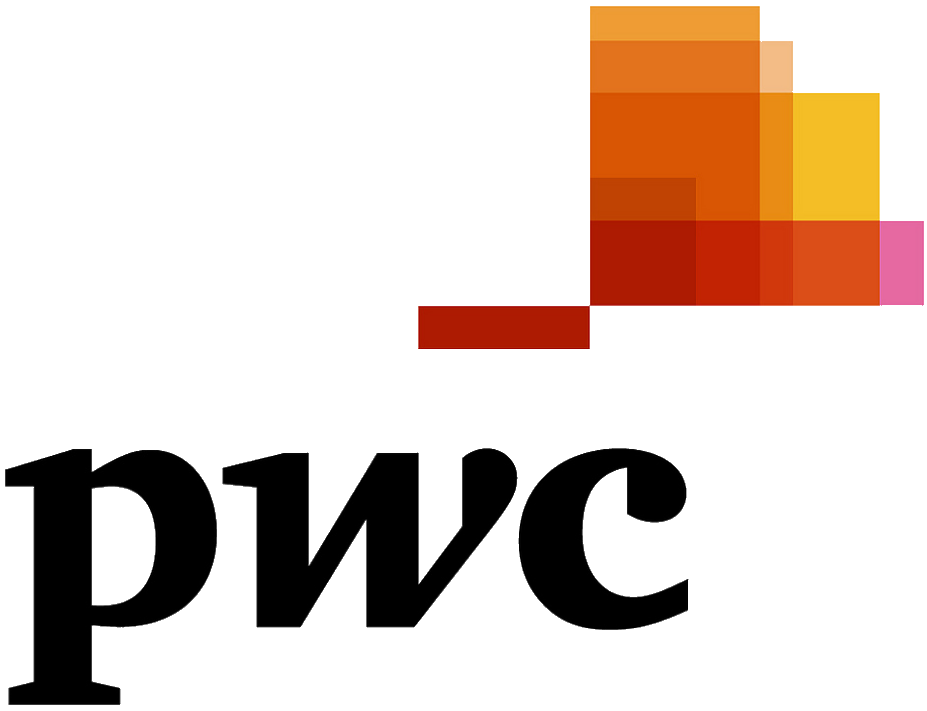Forty percent of global CEOs think their organisation will no longer be economically viable in 10 years’ time, if it continues on its current course. That stark data point underscores a dual imperative facing 4,410 CEOs from 105 countries and territories who responded to PwC’s 26th Annual Global CEO Survey.
According to survey posted on PwC web site, most of those CEOs feel it’s critically important for them to reinvent their businesses for the future. They also face daunting near-term challenges, starting with the global economy, which nearly 75% believe will see declining growth during the year ahead.
As part of the survey the CEOs were asked nine tough questions which fell into three groups.
Incidentally, a vast majority of Indian CEOs have indicated in the survey that they are reducing or planning to reduce operating costs, even as they are more upbeat than their global peers on their country’s economic prospects.
However, most of the companies do not plan to cut their headcount or salaries, found the annual Global CEO Survey released by consultancy giant PwC here on the first day of the World Economic Forum meeting on Monday.
The survey also found that about four in ten CEOs (40 per cent of global and 41 per cent of India respondents) do not expect their companies to be economically viable in 10 years if they continue on their current path.
The pattern is consistent across a range of economic sectors, including technology (41%), telecommunications (46%), healthcare (42%) and manufacturing (43%). The data presented by PwC said that CEOs were already wrestling with these questions, though sometimes without fully recognising them.
“By making the questions explicit, we hope to help leaders zero in on their biggest possibilities and vulnerabilities. Along the way, we also suggest CEO priorities for action, based on PwC’s research and experience helping global leaders with all of these issues. The dual imperative facing today’s CEO is a challenge of the first order, but it’s also an opportunity to lead with purpose and help business play the role needed so desperately by society—a catalyst of innovation and a community of solvers that plays for the long haul,” the PwC said.
When asked about the forces most likely to impact their industry’s profitability over the next ten years, about half or more of surveyed CEOs cited changing customer preferences, regulatory change, skills shortages and technology disruption. Roughly 40% flagged the transition to new energy sources and supply chain disruption. And nearly one-third pointed to the potential for new entrants from adjacent industries.
Underlying these figures, PwC believes, is consciousness among today’s leaders that we are living through extraordinary times, with five broad megatrends—climate change, technological disruption, demographic shifts, a fracturing world and social instability—reshaping the business environment.
“Although none of these forces is new, their scope, impact and interdependence are growing, with varied magnitude across industries and geographies. CEOs in Japan (who have been buffeted by demographic headwinds for decades) and China (who are on the front lines of uncertainties about free-flowing global trade) were the most concerned about the long-term viability of their business models, while CEOs in the United States were the most optimistic,” the survey said.
A majority of global CEOs expect some degree of impact from climate change in the next 12 months—primarily in their cost profiles (where approximately 50% expect a moderate, large or very large impact) and their supply chains (42%). Fewer (24%) are worried about climate-related damage to their physical assets. CEOs in China feel particularly exposed, with 65% seeing the potential for impact in their cost profiles, 71% in supply chains and 56% in physical assets.
Over the next 12 months, CEOs see climate risk impacting their cost profiles and supply chains more than the safety of their physical assets. Deeper statistical analysis of the survey shows that the CEOs who feel most exposed to climate change are more likely to take action to address it.
“This kind of reactive approach is understandable—when your house is in the path of a forest fire, you reach for the hose—but it creates risks of its own. Combating climate change requires a coordinated, long-term plan. It won’t be solved if the only companies working on it are those that face immediate financial impact. We also don’t know how much the actions that are being undertaken most frequently—decarbonisation initiatives, along with efforts to innovate climate-friendly products and services—will move the needle, particularly in the near-term, which, in light of emissions already in the atmosphere, promises continued warming under virtually every scenario.”
Moving with the right pace and priority to mitigate climate risks, generate opportunities and decarbonise are enormous strategic challenges. Many companies appear to be strategising today without the information provided by an internal pricing mechanism for carbon.
More than half of all CEOs in the survey (including 38% of those at the biggest companies and 70% of those at US companies) say that their company has no plans to apply an internal carbon price to decision-making, even though doing so could help them account for considerations like taxes and incentives and clarify strategic trade-offs. Measuring and communicating progress to critical stakeholders is another big challenge. In a separate recent PwC survey, 87% of global investors said they think corporate reporting contains unsubstantiated sustainability claims, often referred to as “greenwashing.”
Climate change exemplifies a time-horizon challenge that comes into clearer focus when we look at a broader set of external threats to the global economy.
Over the next 12 months, CEOs feel most exposed financially to inflation, economic volatility and geopolitical risk. All three are immediate, headline-grabbing issues that can reinforce and compound one another, as, for example, the war in Ukraine pushes up prices, encouraging central banks worldwide to intervene through growth-dampening interest rate hikes. The picture changes for CEOs’ medium-term (five-year) outlook. Over that time frame, cyber risks and climate change join inflation, macroeconomic volatility and geopolitical conflict in the top tier of risk exposure.


























